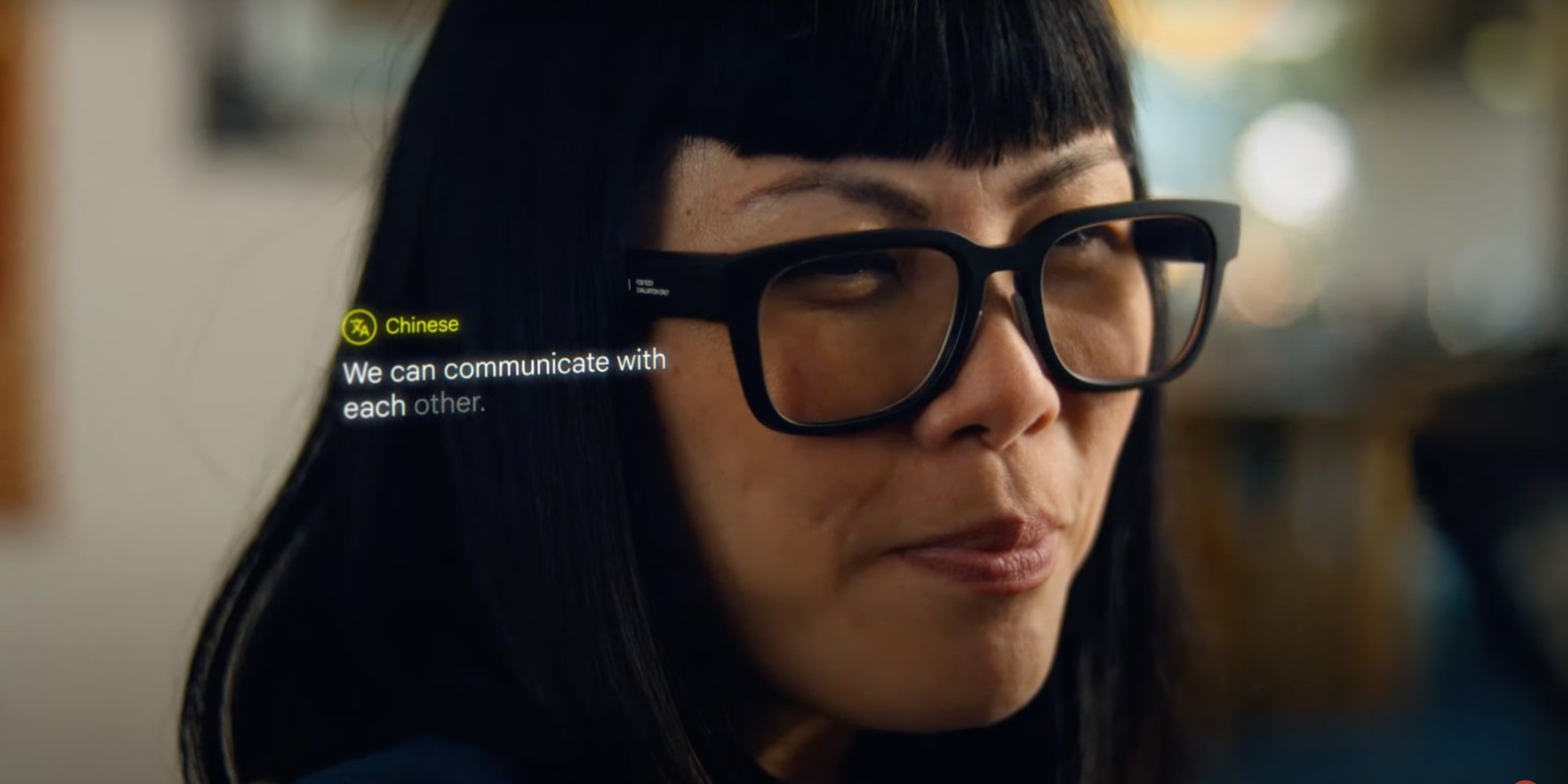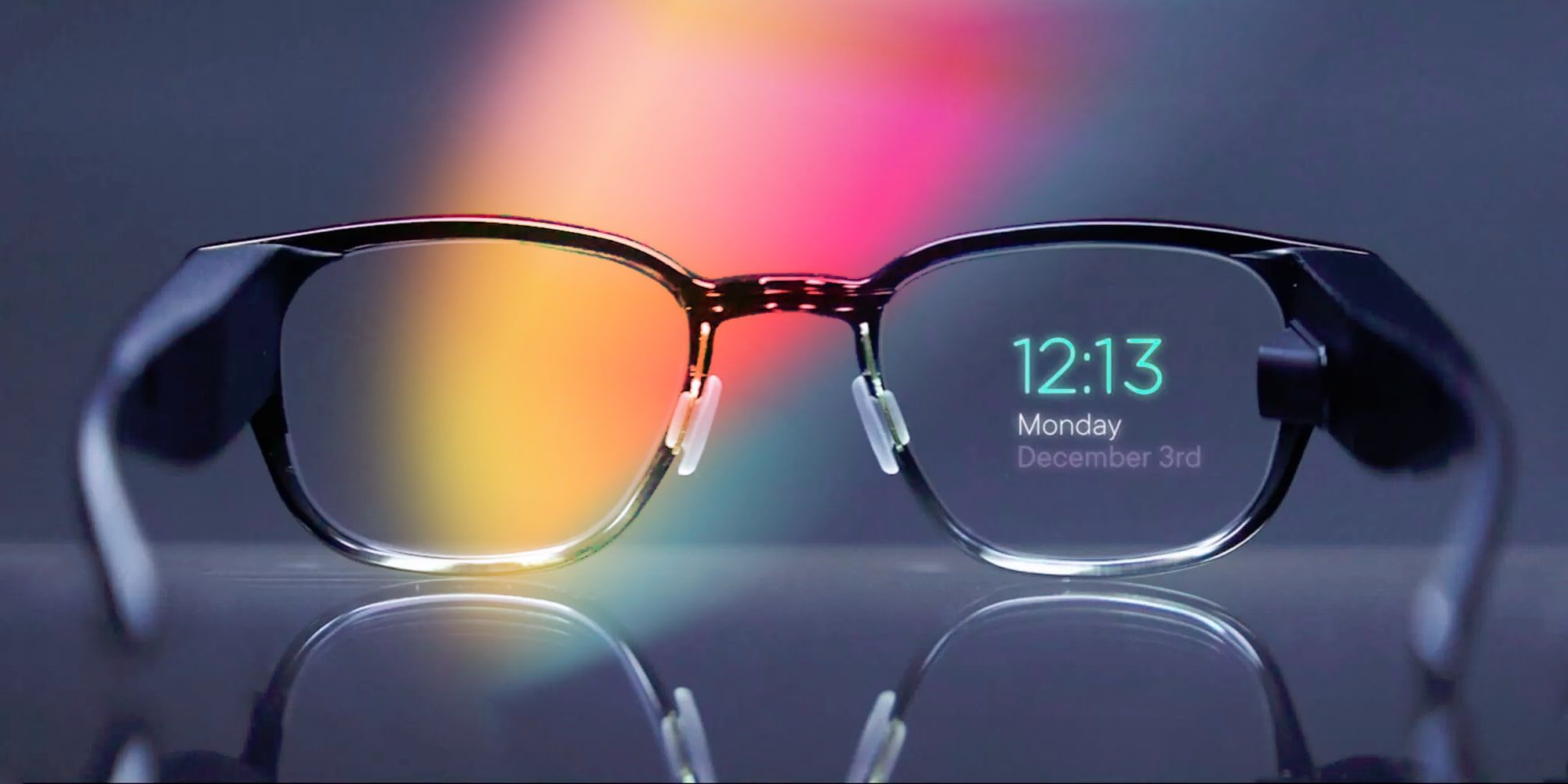Google just provided a first look at its upcoming AR glasses in a teaser video shown during its I/O 2022 event. Long-rumored to be in progress behind the scenes, these are different from Google Glass and appear more like normal sunglasses without the tint or prescription lenses. There was little doubt that Google would be launching a product soon, and that has now been confirmed.
Google's interest in augmented reality actually preceded many other technology companies. In 2013, Google Glass was announced and while the product was criticized by privacy advocates, it was a revolutionary device. Smartphone cameras were already pervasive and lifting a phone didn't result in any drama, but critics sounded the alarm over its hidden camera and how it might be recording at any time. Ultimately, the project was moved to enterprise users only, realizing the public wasn't ready yet.
At the 2022 Google I/O event, several new products were teased but the most amazing of them all came at the end of the keynote address. Google CEO Sundar Pichai mentioned how important communication is and how augmented reality could help remove barriers. The associated video was excerpted by Google and shared in a Tweet. It documents the challenges faced by families separated by speaking different languages. A grandmother who understands English but only speaks Mandarin has trouble interacting with a granddaughter who learned only English. The Google AR glasses prototype provides a solution, displaying English subtitles in real-time as Mandarin is spoken, bridging the communication gap.
Many Google AR Glasses Details Remain Unknown
The launch date for Google's AR glasses and other specifics about the augmented reality hardware were not provided at the event. Beyond the brief demonstration, only a look at the prototype was shared. However, some details are apparent from what can be seen. Language transcription appears on the lenses in real-time as another person speaks, even if in English, when in this mode of operation. If the other person is speaking in another language, Google translates as well as transcribes, so the wearer can understand any language supported. Google Translate supports over 100 languages already and that number continues to grow.
The AR glasses appear to be quite similar to Focals from North, the AR company Google acquired a few years ago. In a simulated point of view, yellow and white text appears in the lower right corner of the lens and the wearer doesn't have to look away or touch any controls for the transcription to work, allowing direct eye contact with the speaker. This is a big improvement over using Google Translate on a smartphone which requires looking at the screen and potentially missing the speaker's non-verbal cues and expressions. An even more powerful example was given near the end of the video with a hearing-impaired mother seeing her daughter talk via Google's AR glasses.
Source: Google/Twitter


